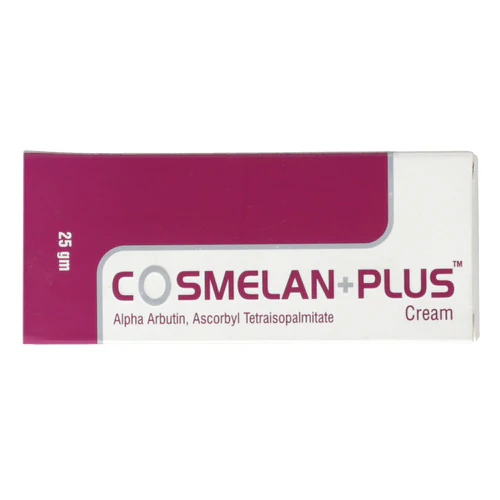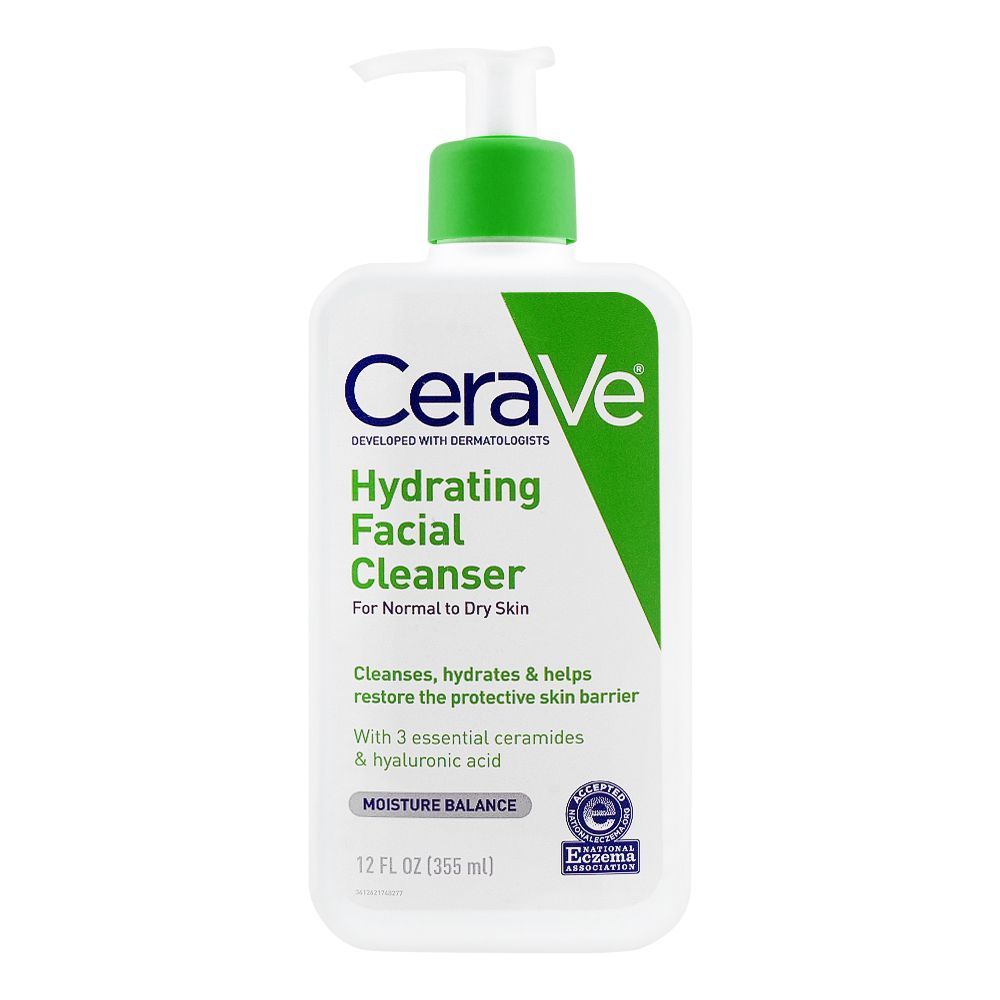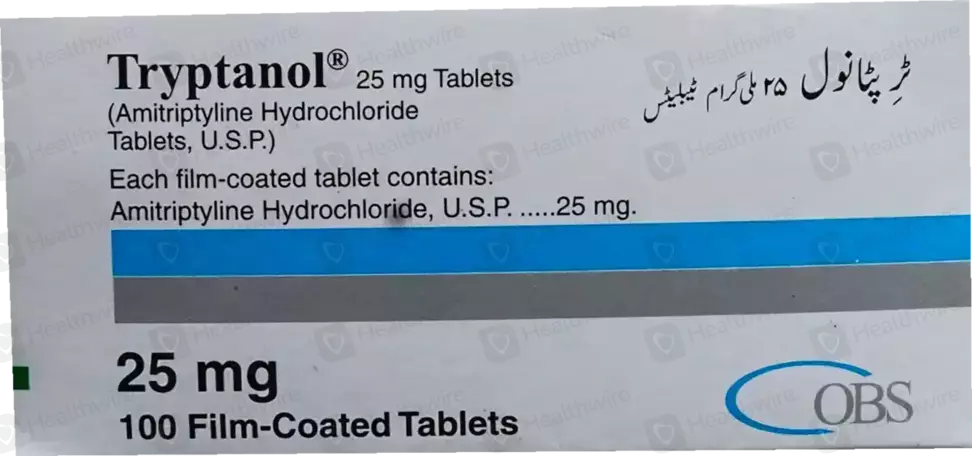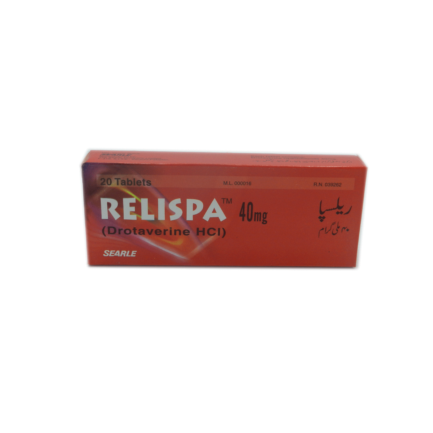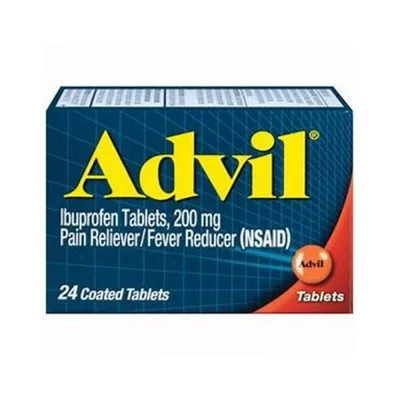Vidaylin Syrup 120Ml: Uses, Side Effects And Warnings
Introduction Vidaylin syrup is a multivitamin supplement that combines several essential vitamins and nutrients to support overall health and well-being. It’s formulated to provide a range of health benefits, from boosting energy levels to supporting immune function and skin health. Vidaylin syrup is commonly used by adults and children for various health needs. It offers a convenient and effective way to ensure your body gets the nutrients it needs. Ingredients It contains Vitamins and essential nutrients. Drug Class This medication belongs to a drug class known as Multivitamins How Does Vidaylin Syrup Work? Mechanism The combination of vitamins and nutrients in Vidaylin syrup works together to improve your body’s daily functions. Key vitamins like Vitamin A, C, D, and B vitamins support immune function, energy metabolism, and bone health. Vitamin A is known for its role in maintaining vision and skin health. Vitamin D aids in calcium absorption, helping with strong bones. The B vitamins are essential for energy production and nerve function. Inositol and choline contribute to brain health, while lysine helps with tissue repair. Vidaylin Syrup Uses Vidaylin syrup offers a wide variety of uses. Here are the key benefits: Boosts Energy Levels: Vitamins B1, B2, B6, and B12 help your body convert food into energy, preventing fatigue. Supports Immune System: Vitamin C enhances immune function, protecting your body against illnesses. Promotes Skin Health: Vitamin A helps keep your skin healthy, while Vitamin C aids in collagen formation for skin repair. Strengthens Bones: Vitamin D improves calcium absorption, ensuring healthy bones. Aids in Tissue Repair: Lysine plays a critical role in protein synthesis and helps with healing and tissue repair. How To Use It? Using Vidaylin syrup is simple. Always follow the dosage instructions provided on the label or as advised by your healthcare provider. For better results, shake the bottle well before use. Measure the appropriate amount using the provided dosing spoon or syringe. Who Should Use It? Vidaylin syrup is suitable for both children and adults. However, it is especially beneficial for individuals who: Need extra nutritional support to boost their immunity or energy levels. Have a poor diet or are recovering from illness. Are at risk of vitamin deficiencies, such as those with limited sun exposure or dietary restrictions. Before using Vidaylin syrup for children under 6 years, consult your doctor for specific guidance. Dosage The recommended dosage for Vidaylin syrup depends on age and health needs: Adults and children over 12 years: 5-10 ml once or twice daily. Children aged 6-12 years: 5 ml once or twice daily. For infants and children under 6 years, Please consult a doctor for specific dosing. The above dosage is just for information purposes only. The dosage may vary form age to age, So please use it as prescribed by the doctor. Overdose If you have taken more than the recommended dose. Seek medical help. Missed Dose If you have missed the dose, take it as soon as possible otherwise if the time to the next dose is near avoid taking it. Please don’t double the dose as it may cause serious health problems Off-Label Uses While Vidaylin syrup is commonly used for general health support, some individuals may use it off-label to address specific concerns, like boosting energy during periods of fatigue or supporting the recovery process after an illness. Always check with your healthcare provider before using the syrup for any off-label purposes. Vidaylin Syrup Side Effects Vidaylin syrup can cause side effects, although they are generally rare and mild. Common Side Effects: Gastrointestinal discomfort (such as bloating or mild stomach upset) Allergic reactions (such as skin rashes) Headaches Rare Side Effects: Severe allergic reactions (such as swelling of the face or throat) Nausea or vomiting (from vitamin overdose) If you experience any of these side effects or anything unusual, stop using the syrup and contact your healthcare provider immediately. Drug Interactions Vidaylin syrup may interact with certain medications, especially those that affect vitamin absorption or metabolism. Some drug interactions to watch out for include: Antibiotics: These may interfere with the absorption of vitamins. Anticoagulants: Blood thinners may interact with Vitamin K and affect clotting. Other Multivitamins: Taking other multivitamin products along with Vidaylin can lead to vitamin overdose, especially fat-soluble vitamins (A, D, E, K). Always inform your doctor about any medications or supplements you’re taking to prevent potential interactions. Warnings and Precautions Allergy Alert: If you are allergic to any ingredients in Vidaylin syrup, avoid using it. Pregnancy and Breastfeeding: If you are pregnant or breastfeeding, consult your healthcare provider before using Vidaylin syrup to ensure it is safe for you and your baby. Excessive Vitamin Intake: Overuse of fat-soluble vitamins like Vitamin A and D can be harmful. Avoid exceeding the recommended dosage. Children’s Use: Always consult your pediatrician before giving Vidaylin syrup to children under 6 years old or to children with underlying health conditions. 11. StorageStore it in a dry place Keep it away from moisture and heat. Keep it away from children and pets. Store it at a room temprature(15°C to 30°C). Disclaimer This article is for information purposes only. Please don’t take it as a medical or doctor’s advice.
Vidaylin Syrup 120Ml: Uses, Side Effects And Warnings Read More »








